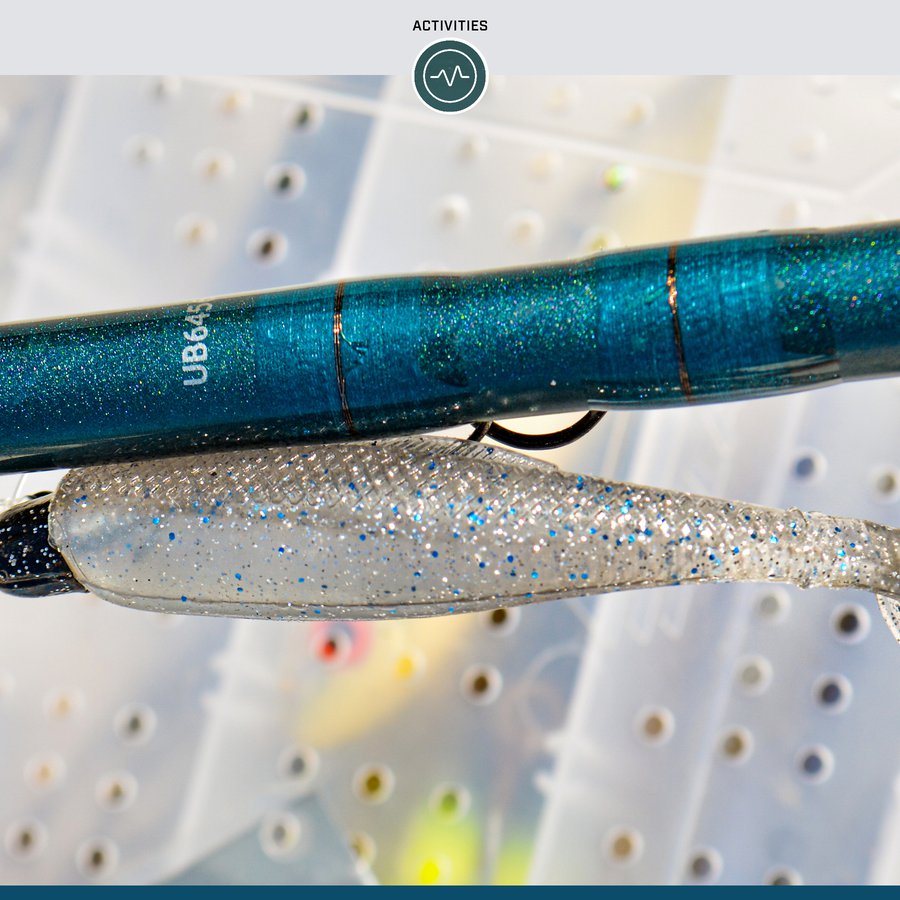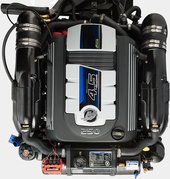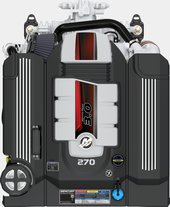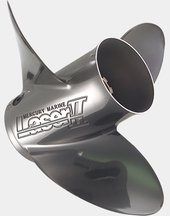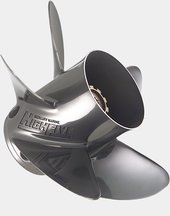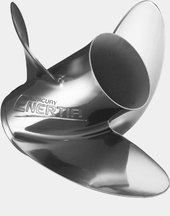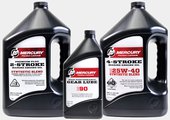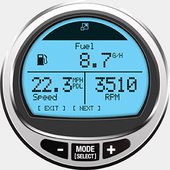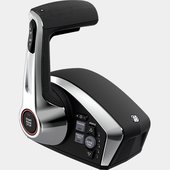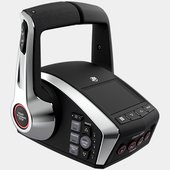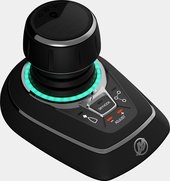Some saltwater anglers think that once summer is over, it’s time to stash the topwater lures and bring out the subsurface presentations. Nothing could be further from productive when targeting spotted sea trout in marshes, bays and estuaries. Once inshore water temperatures range around 68 to 78 degrees during the spring and fall, sea trout develop a hearty appetite. This is when opportunities to catch both numbers and sizeable fish can go up considerably if you give a little extra thought to which topwater lures you should tie on.
While the topwater bite for sea trout is typically best in early morning or evening, there are always exceptions. In fact, this member of the drum family is known for being an opportunistic feeder that is also quite prone to aggressive reaction strikes. Guides and anglers alike share tales of sea trout that even pounce on topwater lures at high noon when the sun is streaming down if the placement, action and timing are right.
Fishing Poppers for Sea Trout
Topwater poppers have a concave face that splashes or pushes water when twitched or jerked. Start with poppers in the 3-inch range, which mimic small baitfish busting on the surface.
This type of topwater action can be particularly effective during the spring months when the water is often dirty or churned up following a period of shifting frontal winds. In these circumstances, sea trout rely more on vibrations picked up by their lateral lines to find prey versus in clear-water situations when they can feed by sight.
Work poppers around oyster bars or over sandy potholes with a “pop-pop-pause” cadence, adjusting the speed of your retrieve and length of pauses until you start getting strikes. Be sure to keep your eyes open for schools of trout chasing small baitfish up to the surface because, even on a day with abundant sunshine, they will still strike poppers aggressively given the element of competition.
Walking the Dog for Sea Trout
Walk-the-dog lures are designed to imitate a mullet or other type of baitfish struggling at the surface. They are fished with a twitching retrieve to give the lure a side-to-side action. The fall months can be ideal for walk-the-dog presentations, since they coincide with the mullet migration and the fact that sea trout will begin to feed heavily in preparation for winter.
In these situations, try walk-the-dog lures with rattles (rattles can entice fish from a distance and bring on reaction strikes) in the 4-inch range to attract larger solitary fish and cut down on the number of smaller “schoolies” that pursue your offering. When targeting larger “gator trout” over 20 inches, work walk-the-dog lures around points with plenty of current and near drop-offs in about 4 feet of water.
Low light conditions during the early morning hours are typically prime for walk-the-dog lures, but don’t hesitate to use them when fishing unpressured waters on a calm day in an area where there is nearby access to deeper water and plenty of ambush points.
The Best Topwater Colors for Sea Trout
Since topwater lures are fished on the surface, fish can only see the underside of the lure, and the bottom color drives lure color selection. Topwater lures with white or light undersides are typically the best choice during daylight hours and when fishing clear-water conditions. When fishing at night or in dirty water, choose topwater lures with dark undersides that will create a more distinct profile.
Topwater Rods and Reels for Inshore Fishing
If you’re new to targeting sea trout on topwater lures and aren’t sure about the type of setup to use, consider a 6 1/2- to 7-foot inshore spinning rod with a fast-action tip, a 2500 to 3000 series spinning reel, braided line and about 2 feet of 20- to 25-pound-test monofilament leader.
Now that you know the basics, you can begin the fun part – tossing a topwater lure around docks, shoals, marsh grass, current seams and bait schools, hoping and waiting for that vicious surface strike.

